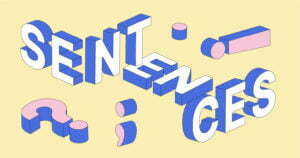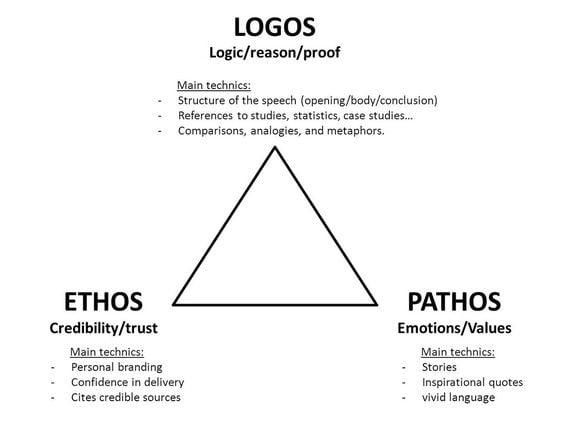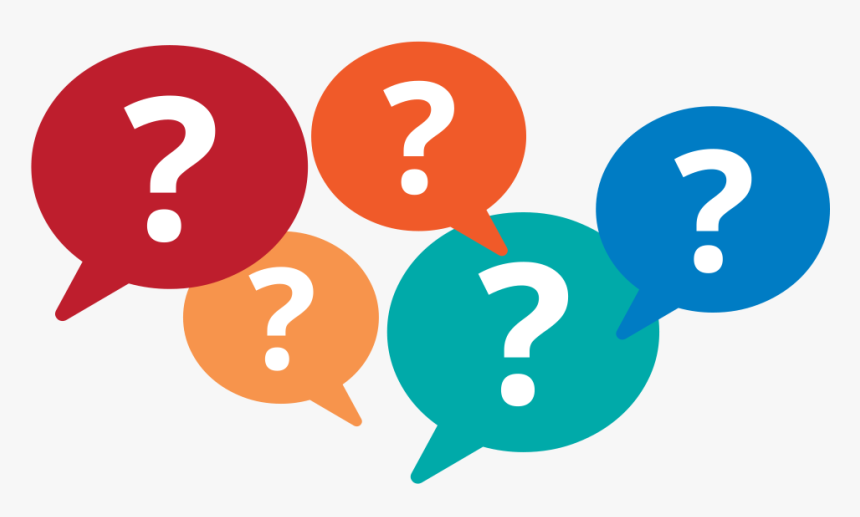Characterization is defined by the traits, characteristics, and psychology of the characters of the story. In this creative writing lesson, we will learn about characterization, character development, types of characters and methods of character development.
Jump to Section
- What is Characterization in Creative Writing?
- What is Character Development?
- Methods of Character Development
- Direct and Indirect Characterization
- Types of Characters in Literature or Creative Writing
- Characterization Examples in Literature and Creative Writing
What is Characterization in Creative Writing?
One of the significant aspects which may allow your story to stand out from others is characterization. Authors devote a lot of time to design the characters of the story. The readers always get connected with the characters in the story- whether it is positive or negative. The character tries to reveal the inner thoughts, goals, actions, and also behavioural patterns of the character.
Characterization includes both direct and indirect means to describe characters in a narrative. This allows the audience or the readers to draw inferences from the dialogues and expressions of the characters.
The character has not always been priorities in narratives. There was previously a predominance of plot-driven stories. Stories dominated by characters gained their eminence only after the 19th century. Greek philosophers like Aristotle had been a believer of plot more than the character in a narrative. Till the 15th century, the concept of character-driven stories did not exist in literature. It gained importance with the advent of realist novels which started portraying characters intricately.

What is Character Development?
Every work of literature involves factors that entice a reader and magnetizes him to that work of art. Such a job is done through character development in modern literature. Character development helps to explain the shades of character and reveals it gradually in a narrative.
A successful work of character development by the author helps him to make the readers develop a connection with the characters of the story. They foster a sense of respect and sympathy for the positive characters. On the contrary, they develop a sense of disrespect and detestation for the antagonistic characters of the story.
Methods of Character Development
There are eight methods in which the authors reveal the characters. They are physical characteristics, name analysis, attitude, dialogues, thoughts, reactions, incidents, or physical and emotional settings.
The physical characteristics may be explained by the author or the readers may come to know about it through the description of some other characters in the story.
Name analysis is a specific name given to a character to describe something about the character.
Attitudes in characterization also influence the readers immensely. Attitude also attracts the readers. Either the readers respect or disrespect him by the character’s attitude.
The way a character thinks and reacts to a situation as the story progresses also influences the readers.
The physical and emotional settings in the story also shape the character development in a narrative.
Direct and Indirect Characterization
Indirect characterization and direct characterization is explained by what method an author introduces a character in a narrative.
Direct characterization is the method in which the narrator, another character, or the author elucidates the characters. This is done through dialogue and description of the character in a story. Charles Dickens uses direct characterization where Pip describes his brother-in-law explicitly.
Direct and Indirect Characterization is used simultaneously in a literary work to bring perfect balance.
In indirect characterization, the characters are not described explicitly. The readers have to understand through the way of communication, action, and reaction the characters of the story. The audience is supposed to deduce the characterizations themselves. The actors in an indirect characterization choose how to portray their characters in a narrative.
Types of Characters in Literature or Creative Writing
There are four main characters used in a story. They are the protagonist, antagonist, confidante, and the love-interest.
Protagonist
The protagonist forms the main focus of the story. This character is included for doing a specific task in the narrative. Designing the character of a protagonist and making it interesting is of utmost importance in a narrative. The protagonist must be an active figure in the story and not a passive one.
Antagonist
The antagonist creates opposition and resistance to the goals of the protagonist of the story. This creates conflict in the plot. This makes the plot more interesting and adds dynamism to a narrative.
Confidante
This forms a support system for the protagonist in the story. This character stands as a help to the main character throughout the narrative. A confidante is very significant in some narratives immensely.
The Love Interest
This is a characterization that gives a dimension to characterization and deviates the hero from his rationality. This adds interest and appeal to literature. It also reveals the strengths and weaknesses of the protagonist.
Characterization Examples in Literature and Creative Writing
There are varied examples of characterization. But the best one is considered to be the Great Gatsby. In this novel, the plot revolves around the social status of each character.
Other examples include Gone with the wind by Margaret Mitchell. This novel uses both implicit and explicit methods to describe characterization. This is writing involving the Deep South. The main protagonist is Scarlett o’ Hara. The main character is depicted as the one who enjoys partying and also wants the attention of men.
Watership Down by Richard Adam is yet another example where indirect or implicit characterization is used. This is a tale of a rabbit who leads others to leave their warren and go elsewhere when he is warned by his brother.
Share with your friends





